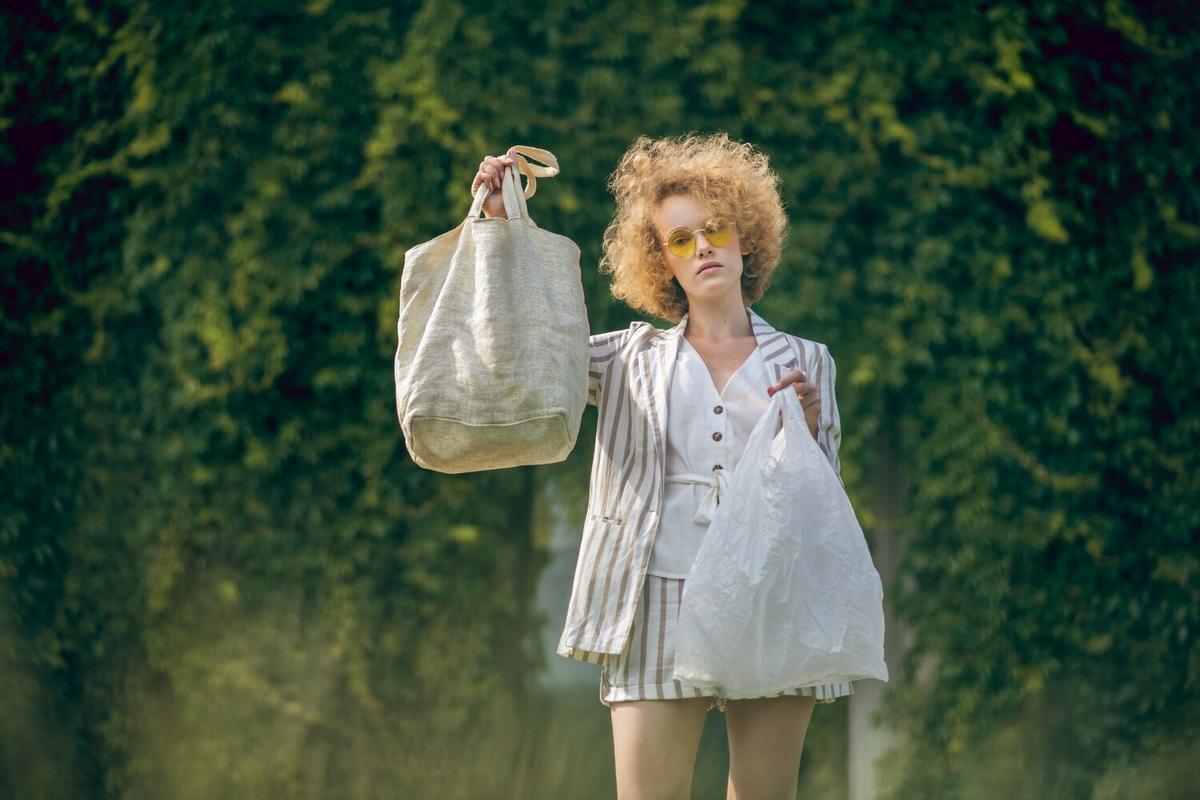Gone are the days when fashion was all about fleeting trends and fast consumption. Today, sustainable fashion is gaining momentum as more people recognize the environmental impact of their clothing choices and seek ways to dress stylishly while preserving our planet.
As the fashion industry continues to evolve, the emphasis on sustainable practices has never been more critical. According to the United Nations Environment Programme, the fashion industry is responsible for 8-10% of global carbon emissions, which is more than all international flights and maritime shipping combined. The statistics are staggering, yet they highlight the urgent need for change in how we approach fashion.
The Importance of Sustainable Fashion
Sustainable fashion focuses on creating a system that can support long-term ecological balance. This includes using environmentally friendly materials, reducing waste, and ensuring fair labor practices. Not only does this approach help reduce the industry’s carbon footprint, but it also promotes a socially conscious lifestyle.
Expert Opinions
Dr. Kate Fletcher, a researcher in sustainable fashion, states, “Sustainable fashion is not just about the environment, it’s about creating a more equitable and humane system for everyone involved.” Her insights underscore the broader implications of adopting sustainable practices in fashion.
Personal Anecdotes
Take, for example, Alex, a fashion enthusiast who decided to revamp his wardrobe with second-hand and eco-friendly pieces. He found that not only did he reduce his environmental impact, but he also discovered unique and timeless styles that reflected his personality better than fast fashion ever could.
Actionable Tips for Embracing Sustainable Fashion
- Choose quality over quantity: Invest in pieces that are well-made and versatile.
- Support ethical brands: Do your research and support companies with sustainable practices.
- Opt for second-hand: Explore thrift shops and online marketplaces for unique finds.
- Embrace minimalism: Build a capsule wardrobe that simplifies your choices and reduces waste.
Comparison of Sustainable Materials
| Material | Pros | Cons |
|---|---|---|
| Organic Cotton | Less water usage, no pesticides | Can be more expensive |
| Bamboo | Fast-growing, biodegradable | Processing can be chemically intensive |
| Hemp | Durable, requires less water | Limited availability |
| Tencel | Eco-friendly production, soft | Higher cost |
| Recycled Polyester | Repurposes waste, durable | Not biodegradable |
| Linen | Natural fiber, breathable | Wrinkles easily |
| Piñatex | Sustainable, leather alternative | Less durable than leather |
| Econyl | Recycled nylon, reduces waste | Limited color options |
FAQs on Sustainable Fashion
What is sustainable fashion?
Sustainable fashion is an approach to clothing and accessories that considers the full lifecycle of a product, focusing on reducing environmental impact and promoting ethical manufacturing practices.
How can I start dressing sustainably?
Begin by evaluating your current wardrobe and identifying pieces that can be worn in multiple ways. Invest in high-quality, versatile items and consider purchasing from brands with strong sustainability commitments.
Why is sustainable fashion more expensive?
Sustainable fashion often involves higher production costs due to the use of eco-friendly materials and ethical labor practices. However, these investments contribute to a healthier planet and a fairer fashion industry.
Encouraging a Fashionable and Sustainable Future
Embracing sustainable fashion is a journey that benefits both the planet and its people. By making more conscious choices, we can enjoy stylish wardrobes while supporting a more sustainable and equitable future. Let’s take steps today to ensure that our fashion choices reflect the values of a world we want to preserve for future generations.

Leave a Reply